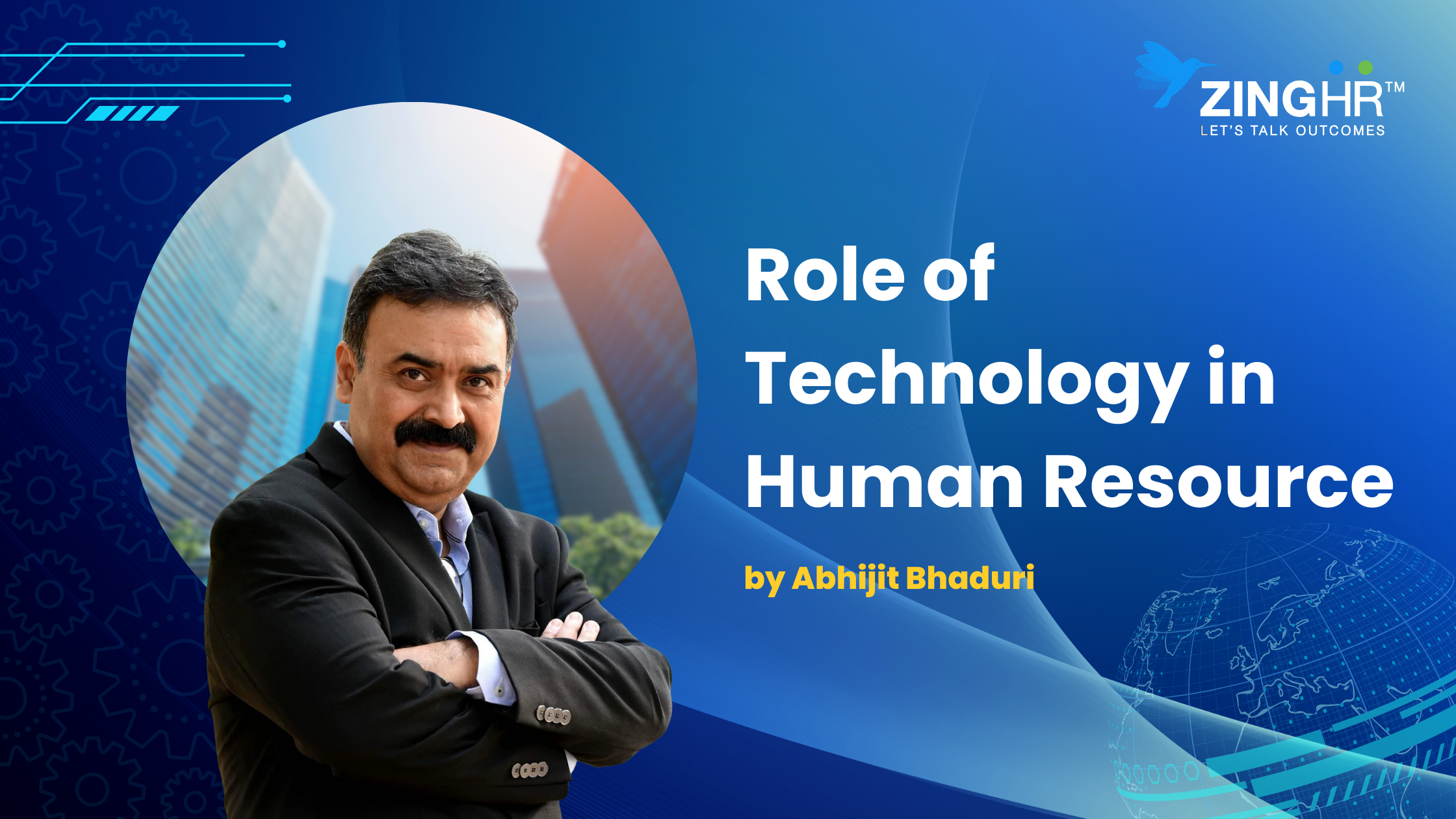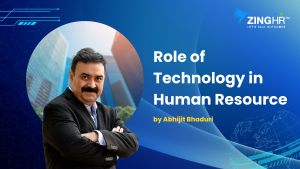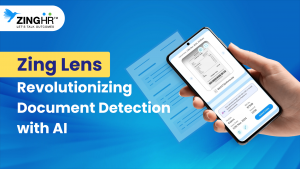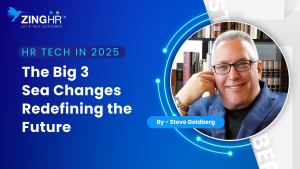Tech integration in HR is about fundamentally transforming how HR operates, driving business impact, and creating a competitive advantage. By strategically leveraging a suite of technologies, including AI, ML, and Analytics, organizations can unlock efficiency, gain deeper workforce insights, and build a truly data-driven HR function.
AI: Building a Future-Ready Workforce
AI offers a powerful toolkit for HR to build a future-ready workforce and secure a competitive edge. Here are some innovative ideas to consider:
1. AI-Powered Talent Acquisition
- Implement AI-driven chatbots to handle initial candidate screening and answer frequently asked questions. This frees up recruiters to focus on building relationships with top talent and conducting in-depth interviews.
- Utilize AI-powered tools to analyse resumes and social media profiles. By identifying relevant skills, experience, and cultural fit indicators, AI can help shortlist the most qualified candidates, saving valuable time and resources.
- Employ AI-powered video interviewing software to assess communication skills, cultural fit, and even cognitive abilities. This provides objective and consistent evaluations, reducing bias and streamlining the selection process.

2. Strategic & Future-Focused Questions for the Leadership Team
- How can we leverage AI to create a seamless and engaging candidate experience, attracting top talent in a competitive market?
- Beyond compliance, how can we ensure the use of AI in talent acquisition is fair, unbiased, and fosters diversity within our workforce?
- Looking ahead, how can we leverage AI to personalize the onboarding process, accelerating new hires’ integration and time to productivity?
ML: Optimizing Talent Management for Growth
Machine Learning (ML) empowers HR to optimize talent management strategies and drive growth. Here’s how:
1. ML-Powered Skill Gap Analysis
- Utilize ML algorithms to analyze employee skills data and identify critical skill gaps within the organization. This enables proactive upskilling and reskilling initiatives to bridge the gap and ensure a future-proof workforce.
- Predict future skill requirements based on industry trends, technological advancements, and business objectives. This allows for targeted training programs and talent acquisition strategies to stay ahead of the curve.
- Match employees with relevant learning and development opportunities based on their skills, career goals, and the organization’s future needs. ML can personalize learning journeys, maximizing the impact of training investments.
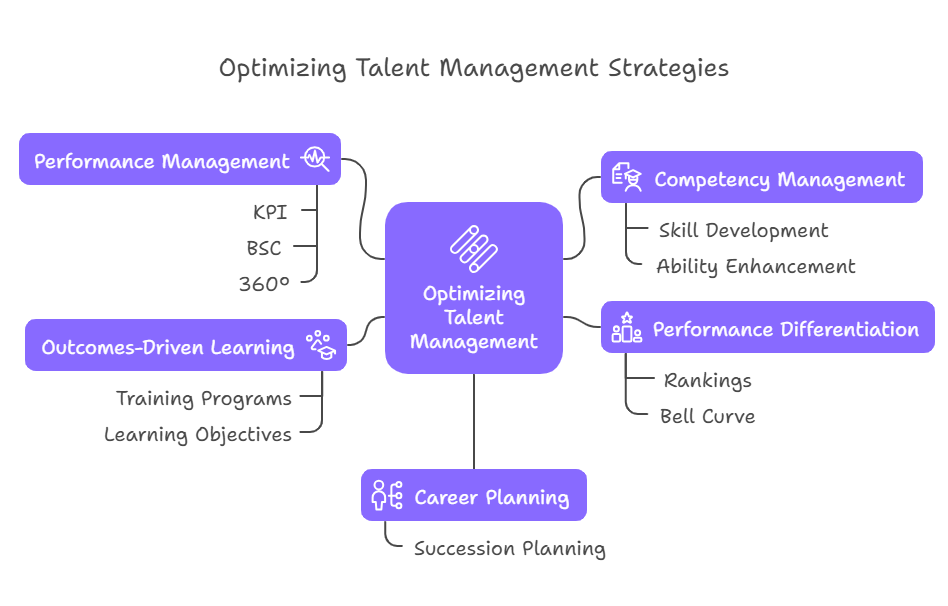
2. Strategic & Future-Focused Questions for the Leadership Team
- How can we leverage ML to build a culture of continuous learning and development, fostering a highly skilled and adaptable workforce prepared for future disruptions?
- Beyond closing skill gaps, how can we utilize ML to identify and nurture high-potential employees, creating a strong leadership pipeline for future growth?
- Looking ahead, how can we leverage ML to personalize career paths and development opportunities, fostering employee engagement and retention?
Analytics: Data-Driven Decisions for Strategic Advantage
Data is the new gold, and HR analytics unlocks its power to make strategic decisions and gain a competitive advantage. Here are some innovative ideas:
1. Data-Driven Workforce Planning
- Utilize workforce analytics to forecast future workforce needs based on business growth, attrition rates, and other key factors. This allows for proactive talent acquisition and development strategies to ensure the right talent is in place at the right time.
- Develop effective workforce plans that align with business objectives, ensuring the organization has the skills and capabilities necessary to achieve its strategic goals.
- Monitor key workforce metrics such as employee engagement, productivity, and retention rates to identify areas for improvement and make data-driven decisions.
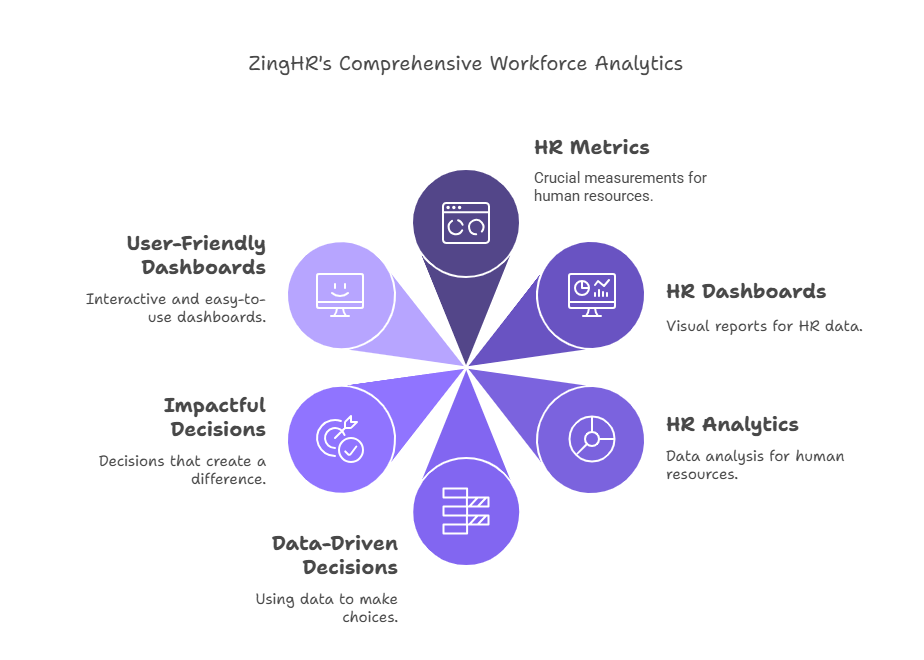
2. Strategic & Future-Focused Questions for the Leadership Team:
- How can we leverage HR analytics to move beyond reactive decision-making and become a proactive driver of business strategy?
- Beyond traditional metrics, how can we utilize data to measure the impact of HR initiatives on employee well-being and overall business performance?
- Looking ahead, how can we leverage data and analytics to predict and mitigate potential workforce risks, such as high-performer flight risk or skills obsolescence?
By strategically leveraging AI, ML, and Analytics, organizations can transform HR from an administrative function to a strategic partner driving business growth. These technologies empower HR leaders to make informed decisions, build a future-ready workforce, and create a competitive advantage in the ever-evolving business landscape.

Abhijit Bhaduri is a celebrated thought leader and LinkedIn Top Voice with over a million followers. With leadership roles at Microsoft, Wipro, and global giants like PepsiCo and Tata Steel, he brings deep expertise in Learning & Development. The acclaimed author of Don’t Hire the Best and Dreamers and Unicorns, Abhijit has also shared insights on platforms like Forbes and hosted the popular podcast series Dreamers and Unicorns.

